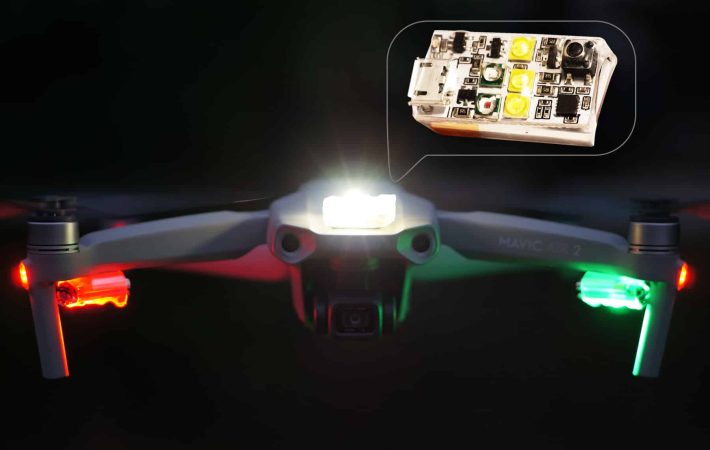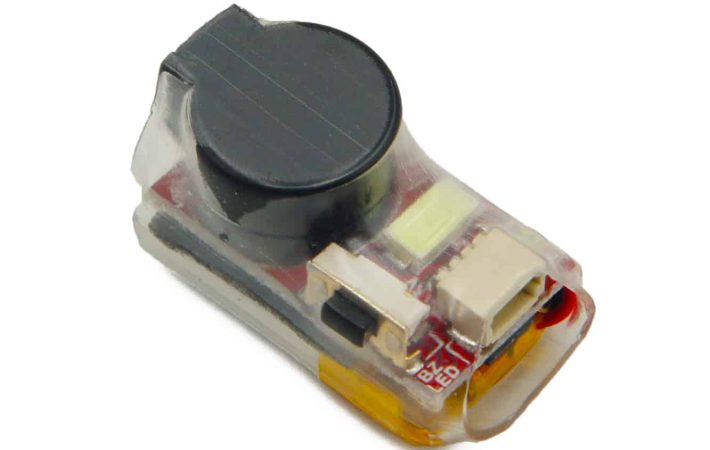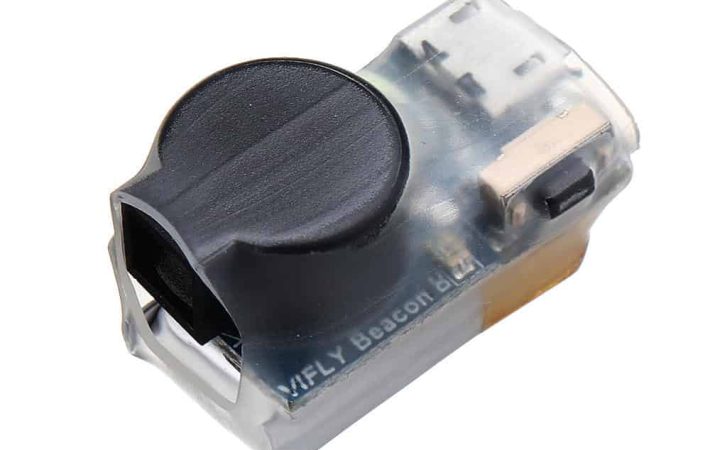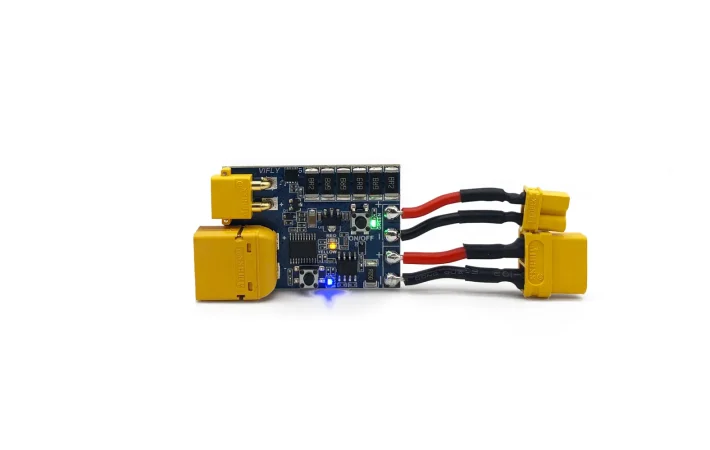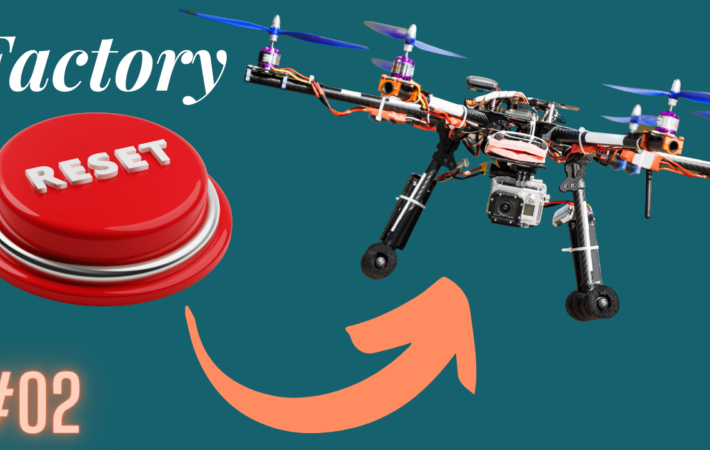Make sure to check our store page out if you like what we’re doing for the community. Help us, help you: volaertus.com
Flying drones is a fun hobby, as well as skill, that more and more people are getting into. Recently, we have seen the rise of FPV (First Person View) drones which use goggles and a camera system on the drone which gives the pilot the ability to see where the drone is going as if he or she were flying in the drone. You have two main options when getting into this style of flying: build or buy pre-built.
There are 4 items (1-4) you must purchase if you want to get into flying FPV drones. You are also going to need a few more items included in the list below:
- FPV Goggles (Analog or Digital)
- Radio / Transmitter / Remote / Controller
- Drone Unit (Out of Box Experience)
- Batteries (Lithium-Polymer / LiPo)
- Drone Parts (If You Are Building It Yourself)
- Battery Charger
- Spare Parts for Repairs
- Basic Tools for Repairs
- (Optional) Drone Flight Simulator
Alternatively, you can buy a pre-built drone like the DJI FPV Drone which comes with everything you need and is ready to fly out of the box.
Below we will discuss each of the main parts in more detail as there are lots to choose from, and consider, when purchasing the components required to fly FPV and make everything work together.
FPV Goggles

The goggles you choose will come in either analog or digital format. If you are building your drone you will benefit from the analog goggles as they are more widely available, cheaper if you get mid-range or low-end units, and customizable to work with most drones. Analog goggles will, however, have a lesser image when compared to digital and as such will be frowned upon by many who have used digital goggles. Some popular brands for analog goggles include Fat Shark, Skyzone, Eachine, and ORQA.
If you want to get a pair of digital goggles you are severely limited currently as only one main company makes them: DJI. Although you can pair the DJI goggles to any drone if you purchase the digital VTX (Video Transmitter which goes on the drone), this goggle path will require a significant upfront investment and possibly more troubleshooting with less knowledge from online sources as the technology is still somewhat new.

Radio Control Unit / Remote / Transmitter
Purchasing a more expensive radio transmitter would be a great choice if you know you will stick with the hobby for an extended amount of time. Many FPV pilots fly with the same transmitter for years and while they can be expensive (multiple hundreds of dollars), purchasing a quality radio transmitter from the get-go will eventually save you money as you become a more advanced pilot looking for more features from your aircraft.
Just as with the goggles, you have an abundance of choices with radio transmitters as well as the modules that can attach to them for extended flight range and signal boosts. Some of the best-known brands in this domain are FrSky, Radiomaster, TBS (Team Black Sheep), DJI, and BETAFPV. Two super popular transmitters at the time of writing this include the TBS Tango 2 and the Radiomaster TX16S.
Drone Parts (If Building Yourself) or Drone Unit
Building your own drone is no small feat, and you will want to learn how to solder if you wish to complete this task. When it comes to the parts you need, we have laid out a simple list to go off of:
- Frame
- Battery
- Propellers
- Motors
- ESC (Electric Speed Controller)
- Receiver (Antenna which receives signals from your radio transmitter/controller)
- Flight Controller (Central unit for a drone which controls all of the flying and electronics on the drone)
- FPV Camera
- Video Transmitter
If you are purchasing a drone unit already built you can look for different brands like EMAX, BETAFPV, iFlight, Lumenier, NewBeeDrone, and many more. These will typically come with everything including batteries, but it is always a great idea to purchase extras as we will discuss below.
Batteries (Lithium-Polymer [LiPo]) and Charger

RC (Remote Control) units typically run off of LiPo batteries (Lithium Polymer) and to charge them you will want to learn the specifics which can be a bit daunting at first but in the end, are quite simple. Drone batteries will come in different sizes, or cell counts, and go by names such as 1S, 2S, 4S, 6S. The higher the number, the bigger the cell count, and typically the bigger the capacity on the battery.

Charging LiPo batteries can be accomplished with a bit of know-how and a good charger. You will want a charger that has the ability to control charge rate by amps, one that has safety features built in to prevent overcharging, and finally, you will want to acquire a balance board to even out the cells in batteries that contain multiple cells (2s and greater) as unbalanced cells can cause your batteries to swell or worse yet catch fire.

Spare / Replacement Parts
With flying drones, even FPV where you can see where you’re going, comes crashing. Fortunately if you built your drone you will know how it’s all assembled and repairs will come easy if you have the parts readily available. Typically you will want to carry spare cables and propellers as well as frames. The number 1 part that breaks from crashing is propellers, so you will want to prioritize them as such. Propellers will vary depending on what you chose, but typical sizes are 2.5 and 5 inches.
Basic Tools For Repairs
As mentioned previously, learning to solder is a critical skill in the FPV hobby. Not only will you need to solder components together to build your drone, but in the event of a hard crash you will have to solder components back together to keep your investment in the air. A quality soldering iron is absolutely necessary. Repairing your propellers is easy with an M8 nut driver if you are using a typical propeller, and you will probably want some needle nose pliers, wire cutters, wire strippers, and hex drivers as well (1.5mm, 2mm, and 2.5mm) to get you started.
Drone Flight Simulator
A simulator is 100% optional if you are getting into FPV but easily one of the most recommended pieces of a complete learning experience. For the low price of 20 or 30 dollars, depending on your country, you can get a license and practice flying while using your actual radio transmitter with the game. This will allow you, if completely new to the hobby, to crash infinitely many more times with zero consequences on the quest to learning to fly. Familiarizing yourself with your new radio transmitter will be a great way to understand just how sensitive they can be depending on the settings you program into them. A couple of popular simulators or games include Liftoff (Found on steam) or Velocidrone. Liftoff is more of a game than simulator while Velocidrone will be better if you want the most realistic flying experience.


